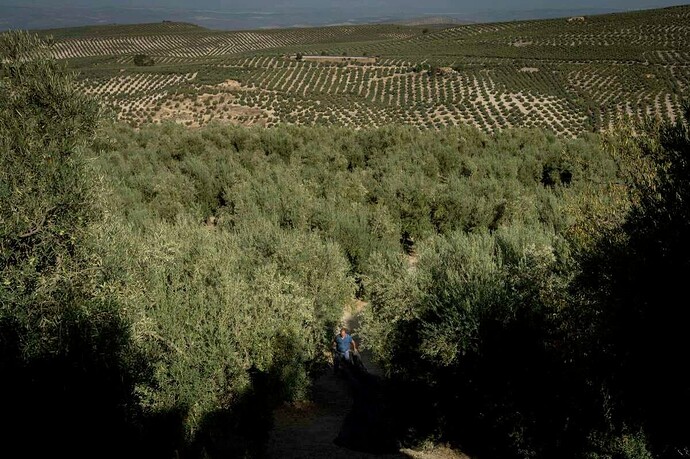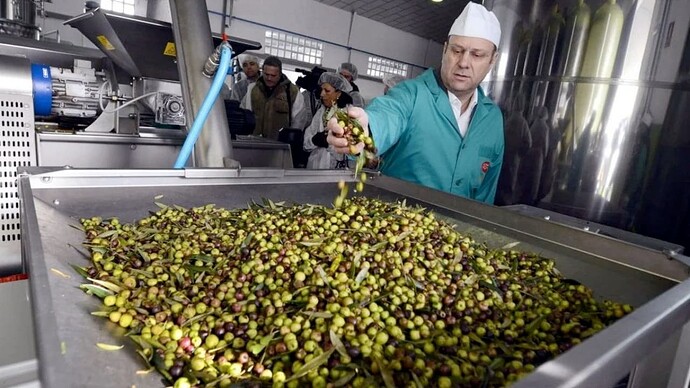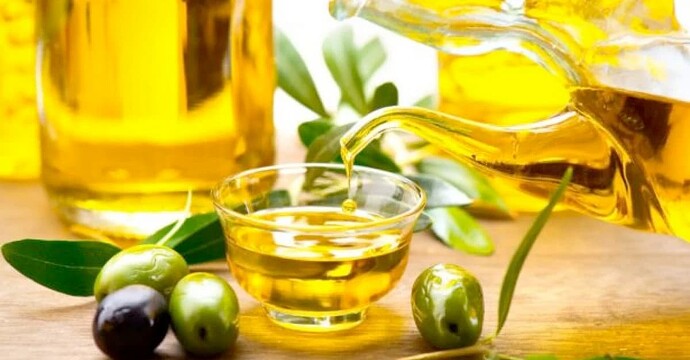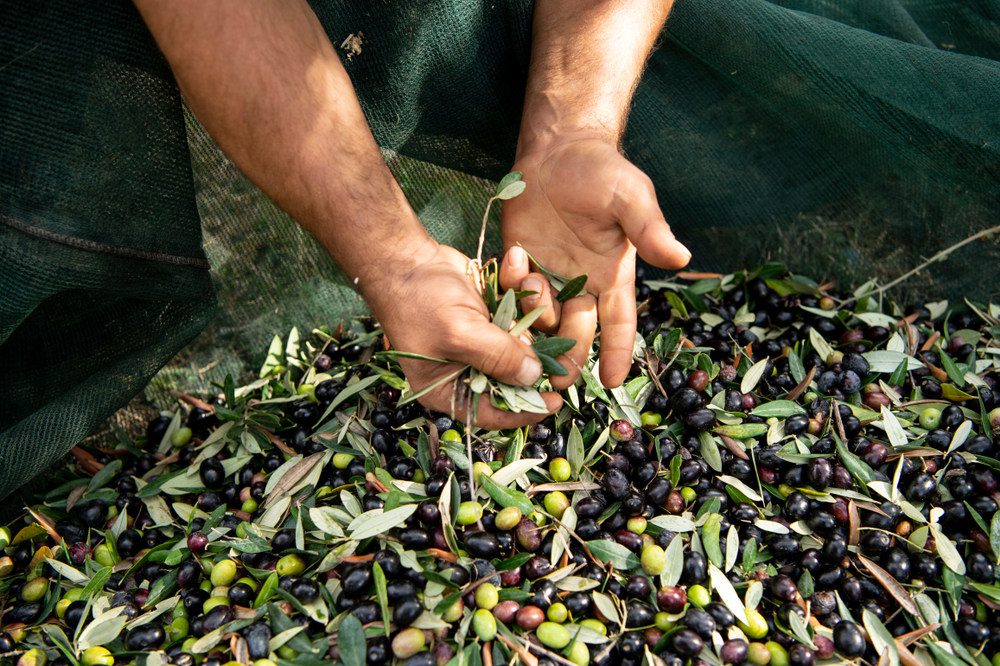Drought Causes Shortages, Shoots Up Olive Oil Price
Spain suffers a deep drought and a historic shortage of olive oil, which caused a historic rise in its price.
According to a media outlet in the country, "olive oil prices have skyrocketed in recent months in Spain, following the drought that hit the field last year and low expectations for the next campaign. Currently, the liter of branded oil is around 9 euros or even more in the case of extra virgin. Since mid-June the price of olive oil, the white label, has risen by 25% and the Consumer Price Index (CPI) of July has touched 39%".
In this regard, José Luis Ávila, general secretary of the Coordinator of Organizations of Farmers and Ranchers (COAG) of Jaén and responsible for the oil sector, considers that "the lack of water; The high temperatures and the tremendous shortage of the product will make the price of oil remain more expensive for a few more months. The Ministry of Agriculture revealed that olive oil production for this 2022/2023 campaign has remained at 675,093 tons, 54.7% less than the previous season."
Likewise, Ávila revealed that "the producing sector has been selling the oil throughout the campaign, since no type of speculation was generated by the production. There is practically no oil left in the hands of producers. This situation should serve as a lesson to take foresight measures."
The producer lamented the fact that "it cannot be that, being as we are a purely exporting country of olive oil, we spend years misselling our product at very low prices and then situations like these occur."
Olive oil may become unaffordable for Spaniards – El Mundo (Russia Today)
Spanish authorities are sounding the alarm over olive oil prices, which continue to rise and may eventually turn this Mediterranean staple into a “gourmet product,” the newspaper El Mundo reported on Friday, citing sources in the Ministry of Agriculture.
Olive oil from Andalusia soared to €8.20 ($8.90) per liter last week, marking the highest price ever recorded for Spanish olive oil, according to data from Mintec, representing a 115% year-on-year increase. Meanwhile, the price surge continues.
“The market takes it for granted that prices will keep rising until at least the end of the year,” the outlet noted, adding that extra virgin prices are expected to reach €10 per bottle by autumn.
Shelf prices for olive oil in a number of Spanish supermarkets have already surged to €8.50 per liter making the product almost unaffordable for middle-class households, the outlet said.
The Spanish olive oil sector is currently grappling with mounting concerns regarding availability in the coming months following the severe drought that Spain has been experiencing since last summer.
In the agricultural year of 2022-2023, olive oil output in Spain more than halved to 675,000 tons, representing a 54.7% slump year-on-year. This made the country's current output volume the worst so far this century, the outlet wrote, citing data from the Agriculture Ministry.
The July report from the Spanish government also revealed a significant reduction in stocks, which declined by approximately 73,000 to 75,000 metric tons last month.
It's not just Spain - it's across The Med – Spain mentioned in article:
Olive oil prices soar as climate-related catastrophes shrink Mediterranean harvests
Spain is in even worse shape because of the savage drought in the Western Mediterranean, which has had persistently low rainfall for more than a year and temperatures as much as four degrees Celsius above normal in the spring. A May report by the European Commission’s Copernicus Programme said that “both in northern Africa and in the Iberian Peninsula [Spain and Portugal], severe impacts on crops have been reported, with reduced and delayed sowing and well below average yield forecast.”
In the last harvest, Spain produced only 660,000 tonnes of oil, about half its usual output and the smallest figure in almost a decade, as trees shed fruit to preserve moisture. The olive council predicts that Spanish production will rebound this year by 28 per cent, to 850,000 tonnes – still well below the 1.3 million tonnes of a typical year.








